Cloud Computing: VideoDev Microservice Refactoring Report and Strategy
VerifiedAdded on 2022/12/18
|6
|875
|61
Report
AI Summary
This report addresses VideoDev's transition to a microservice architecture for its video processing application, aiming to improve flexibility, responsiveness, and cost-effectiveness. The primary focus is on refactoring the existing monolithic application in a phased approach, starting with the customer module to handle peak workloads. The report identifies the customer module as the initial area for refactoring, breaking it down into smaller, independent sub-modules to manage customer details, planning, and other functions. It explains how a microservice approach resolves workload peak issues by allowing for independent scaling of services. The report also briefly mentions the video presentation and post-presentation modules and discusses the importance of efficient video processing and the need for adaptable post-production services, including music, editing, and special effects. The report concludes by emphasizing the benefits of microservices in maintaining high availability for video processing applications, providing a detailed analysis of the refactoring strategy and its implications for VideoDev.
1 out of 6
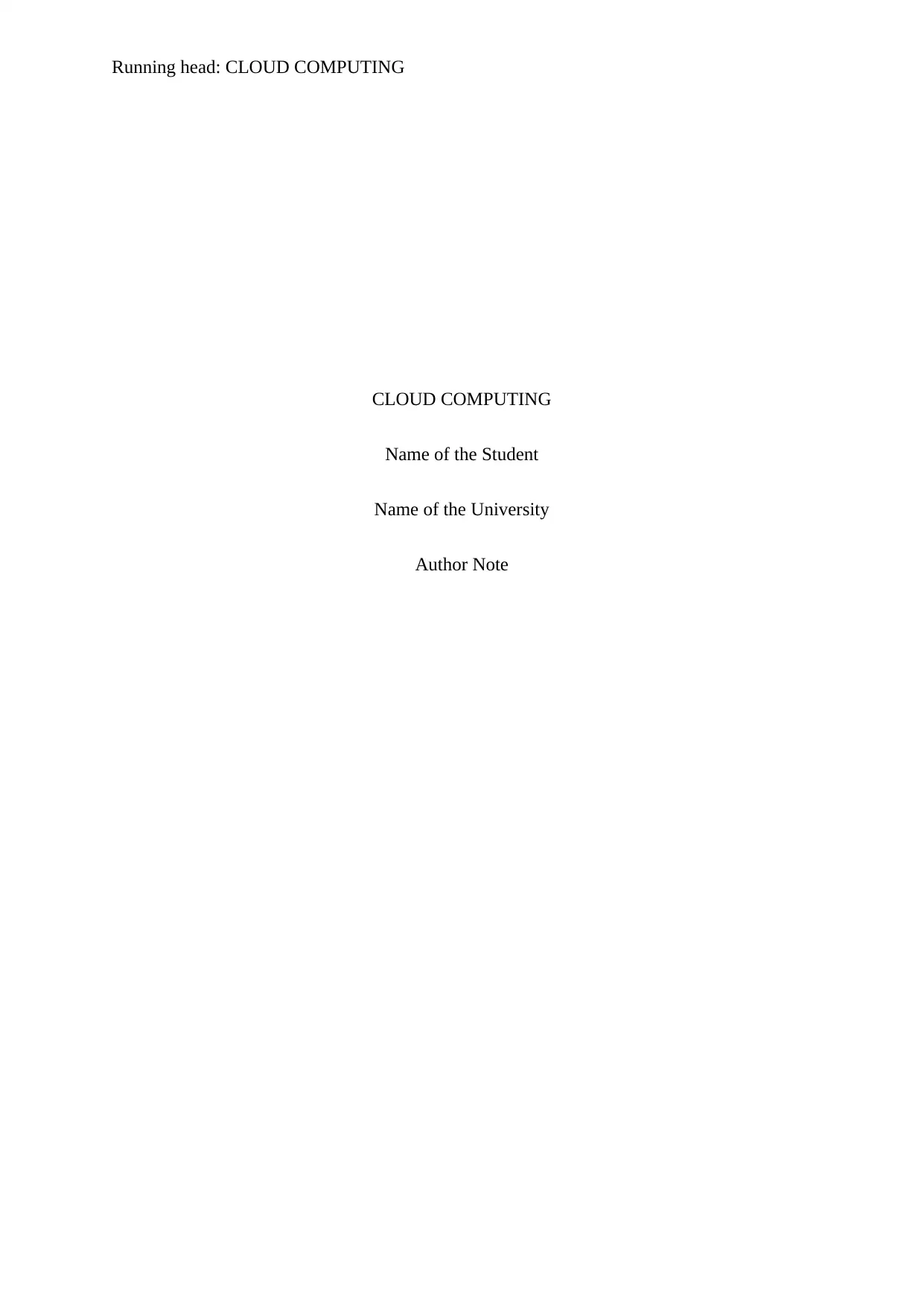
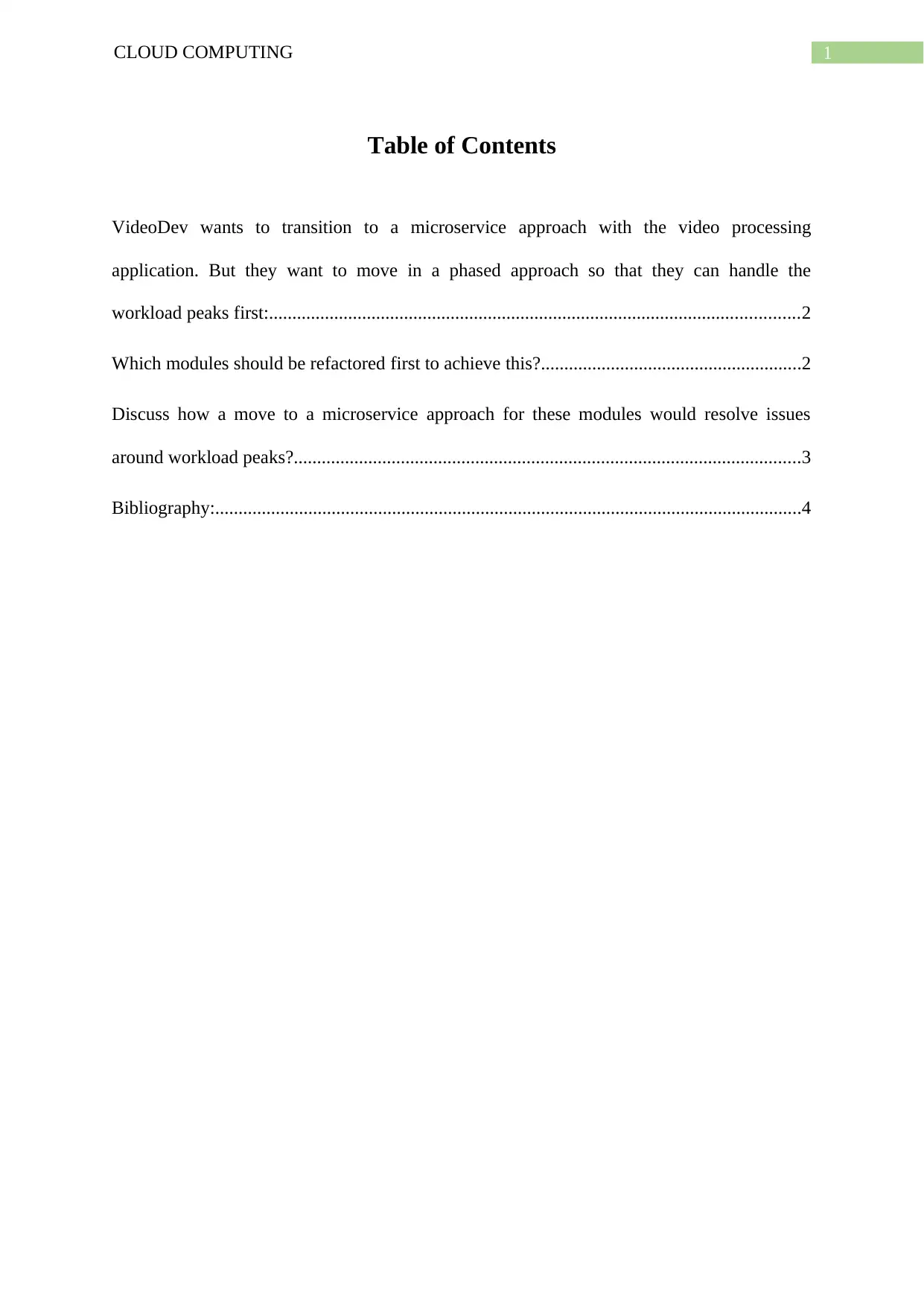
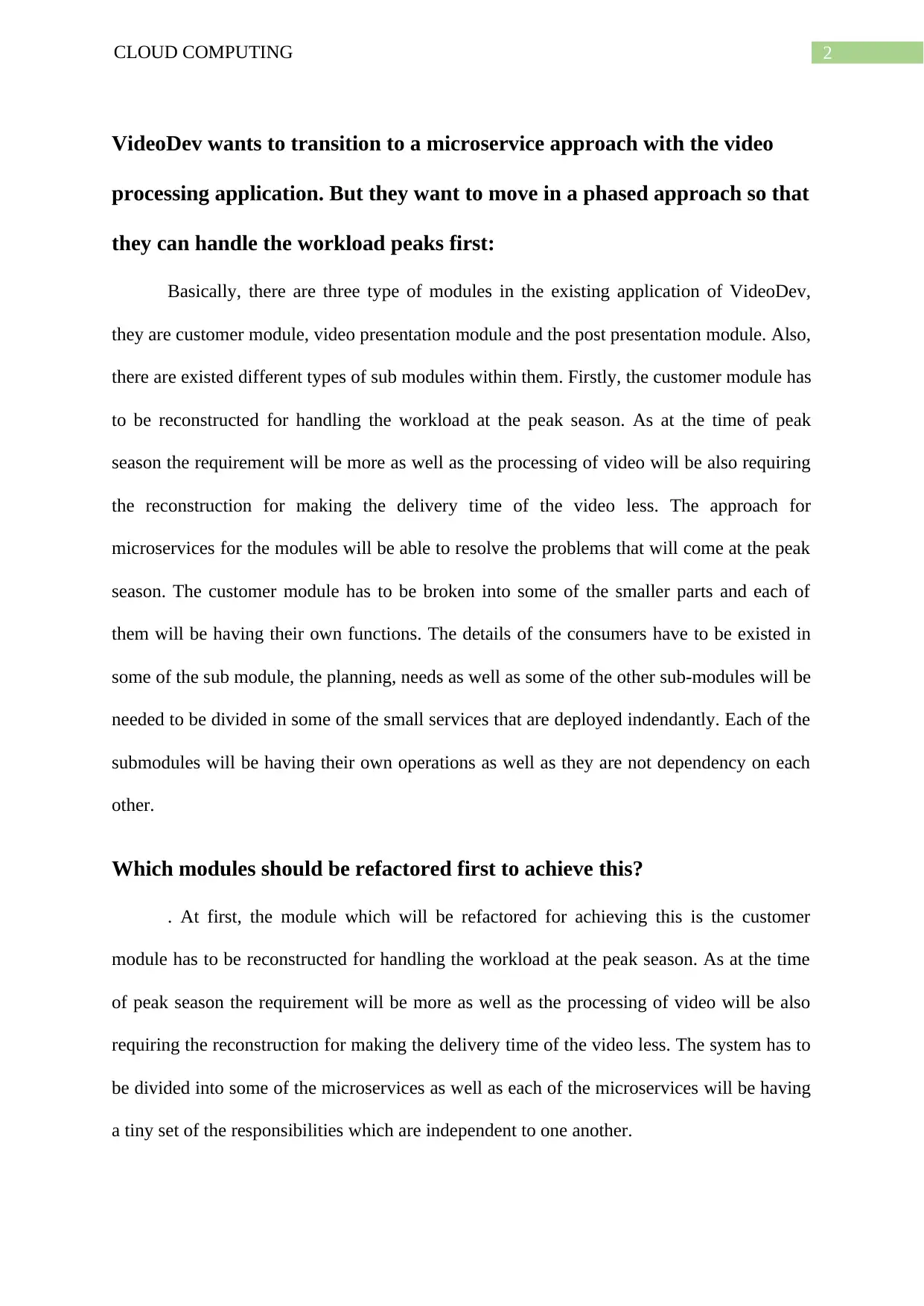

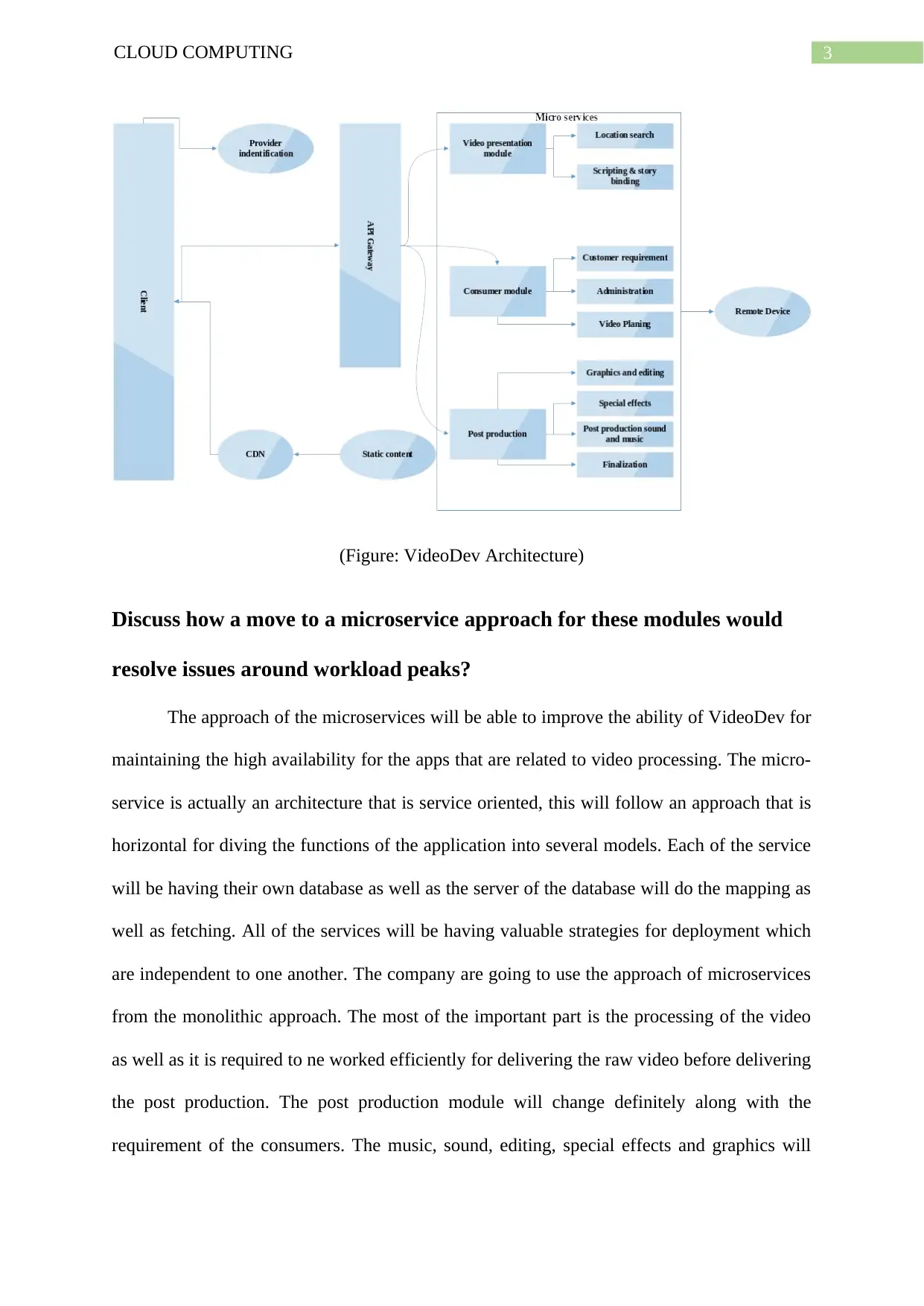

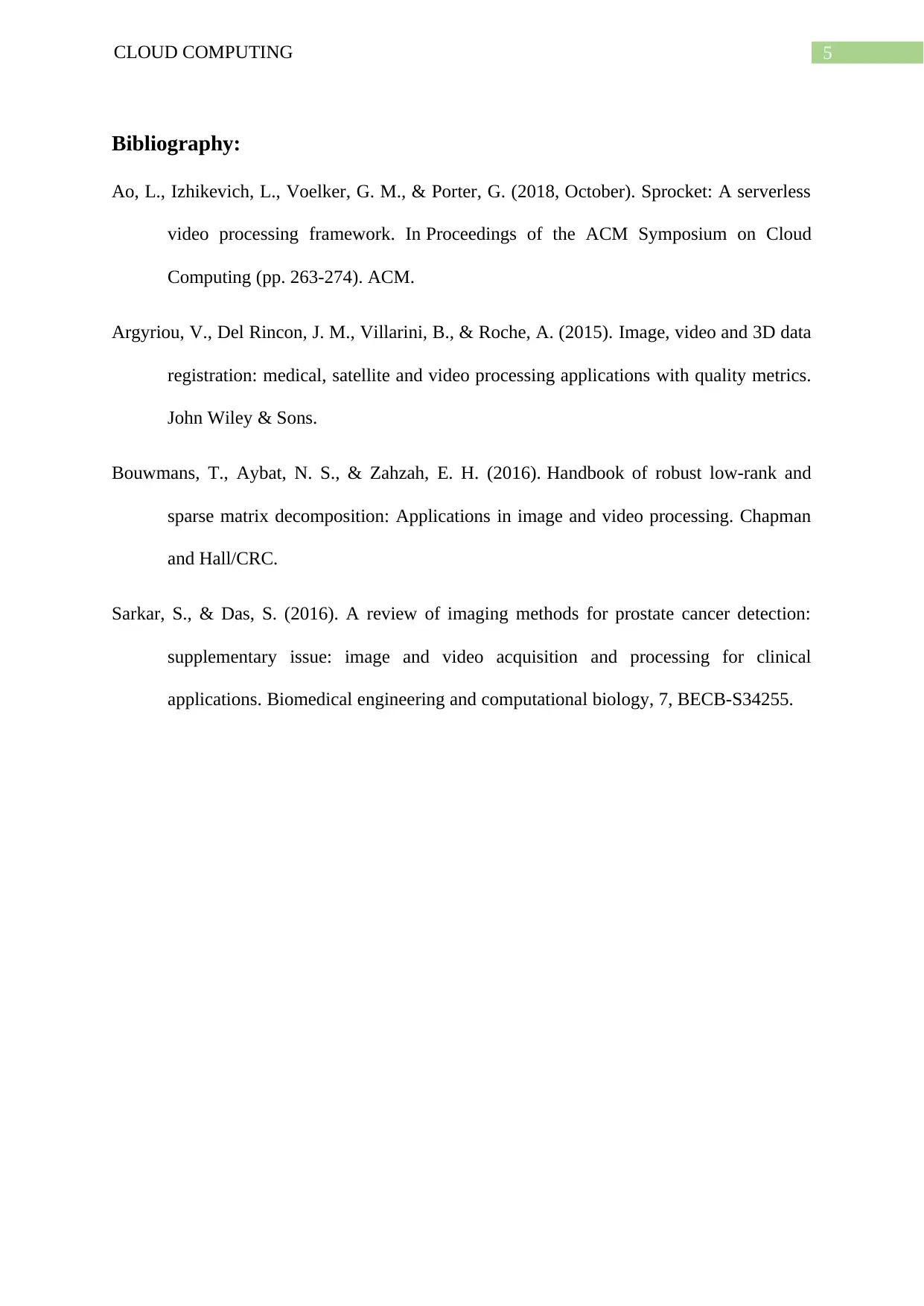




![[object Object]](/_next/static/media/star-bottom.7253800d.svg)